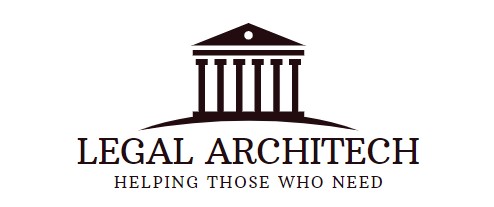CEO of Green Circle Life focused on building an employee engagement platform – SmartFHR – and a culture of health and wellbeing.
getty
As the job market continues to provide better pay and challenging options to employees, there is evidence that the resignation trend could continue. At the end of February 2022, there were 4.35 million job quits, or 2.9 percent of employment. According to numbers from the Bureau of Labor Statistics, “Quits increased in retail trade (+74,000); durable goods manufacturing (+22,000); and state and local government education (+14,000). Quit rates decreased in finance and insurance (-30,000).” This shows that while employment has increased, there is a considerable net change in employment in certain industries, particularly in retail and manufacturing.
Following this trend of high employment changes, organizations are promoting CHROs to chief executive positions, clearly seeing the need for expertise in people management at the executive decision-making level. With a focus on employee well-being, physical and emotional competitive benefits were key in the previous year. However, the present economic situation—inflation, another potential Covid wave and more resignations—calls for employers to find ways to ramp up financial wellness offerings for employees.
Saving the existing employee base is much more economical than bringing in new blood by way of saving on training costs, recruitment processes, HR time, etc. As per financial-services/library/data-security-financial-wellness.html” data-ga-track=”ExternalLink:https://www.pwc.com/us/en/industries/financial-services/library/data-security-financial-wellness.html” aria-label=”research”>research from PwC, around 63% of employees said their financial stress increased after the pandemic. This has been a significant reason for more sick days, a loss of productivity, absenteeism, quits and poor health.
So what help would employees be interested in when it comes to financial wellness?
Boomers would likely be interested in making sound retirement plans and utilizing employer-provided benefits efficiently. Gen X who are managing dependent families, young and old, have been thrown off track from their pre-pandemic clockwork lives of managing office work, school and home. They need more competitive benefits like reduced subscriptions for online tuitions, remote health services for older persons at home, food and beverage discounts, flexible work timings, etc. Employers can provide Millennials with benefits related to coaching and information for managing student loans, this would be particularly useful when the halt on loan repayments comes to an end at some point. Millennials could also be provided with upskilling services at reduced or no costs. Millennials being more socially conscious, employers may provide them with options to partner or mindfully invest in CSR and crowdfunding activities for social causes that the company is concerned with.
In the light of all these creative offerings, how can employers make the lives of their employees easier? How can you ensure engagement with these offerings so that employees are truly benefitting? Here are some actionable ways that can help employers ensure their benefits programs are offering this value.
• Put employee benefits in different baskets. What appeals to one generation, like Millennials, may not attract another, like Boomers. Millennials may be interested in long-term savings options, and Boomers may opt for health and retirement benefits. Give employees the option to choose between benefit options—it gives employee satisfaction that there is thought put into tailoring benefits, rather than providing a set of benefits and assuming that it is one size that fits all.
• Offer personal financial management resources. Provide employees with financial tools and well-being challenges for planning, saving and budgeting. Employees can earn rewards for their participation while being engaged and committed to the organization. Targeted communication for recurrent activities like financial planning, annual enrollment in benefits, employer-provided benefits information, repayment of loans, etc., could give employees a helping hand in their otherwise busy lives.
• Consider employee apps. Companies can provide branded company apps customizable to the employee usage and interests where they can view all company benefits in one place. Mobile apps can be easily accessible whether employees are working from home, the office or a different work location. Employees can get all relevant information and have their queries answered by benefits specialists in the quickest possible time.
• Find employee champions. The success of any well-being intervention depends on the communication and excitement drummed up by HR champions. The success of any financial wellness program would fall flat if team buy-in is not in place. Identifying such employee champions in each team is key for team members to participate and reap the benefit of providing financial wellness tools.
While working toward a holistic solution for financial wellness, employers need to keep employee needs in mind; needs are different from employee to employee. Competitive, thoughtful and creative benefits are key for employee retention and maintaining the company’s bottom line.
Forbes Human Resources Council is an invitation-only organization for HR executives across all industries. Do I qualify?

